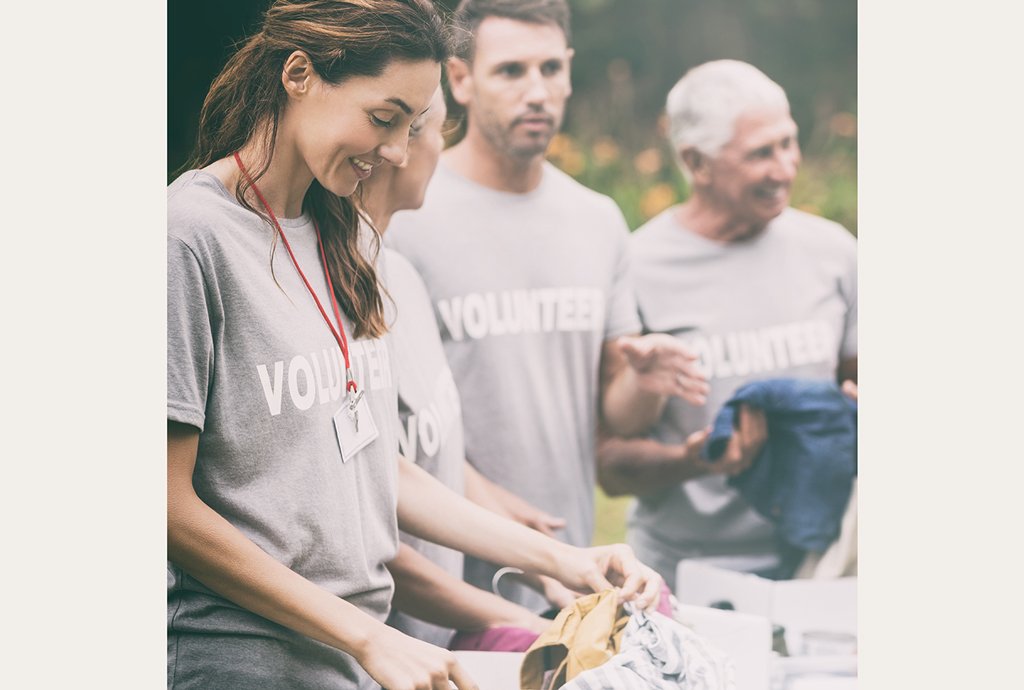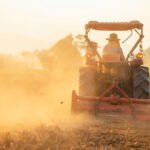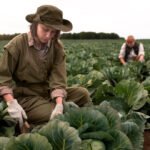
Food Banks Think Outside the Box in Volunteer Management
- foodfightadmin
- July 12, 2023
- Food Bank Support
- rsc pages, rscl
- 0 Comments
Hunger relief organizations have had to innovate their operations in response to decreased volunteer resources due to the pandemic. These groups have incorporated various strategies including involving clients as volunteers, deploying software for better recruitment & management and engaging skilled workers in particular projects.
Second Harvest Heartland, a food bank based in Minneapolis and one of 11% of nonprofits recognized as a Service Enterprise by Points of Light, has implemented a unique approach to volunteer management. The organization separates its volunteers into three tiers: those involved in routine tasks such as food sorting and delivery, those providing ongoing support like assisting with SNAP applications or database management, and a group of pro-bono volunteers who bring their professional expertise to aid in ad hoc projects.
Julie Greene, Director of Volunteer Engagement, indicated that these pro-bono volunteers, many of whom have served the organization for years, provide valuable insights to the food bank’s various teams. In 2020, these volunteers dedicated nearly 4,000 hours across 40 projects, providing an estimated $770,000 of professional consulting services. Second Harvest Heartland has even appointed a person specifically to oversee this program.
Meanwhile, in Milwaukee, Friedens Community Ministries has tapped into their clientele for volunteers, with nearly 30% of its volunteer base comprising current or former clients. Executive Director, Sophia Torrijos, stated this approach leads to a more inclusive environment and helps the organization stay connected with the community’s needs. She also emphasized that different volunteers need different levels of support and that training for new volunteers is essential, especially to ensure they are informed about handling situations with dignity.
Despite these efforts, the impacts of the pandemic still challenge food banks. Fluctuating volunteer attendance, logistics disruptions, and increased community needs all add to the difficulties. Second Harvest Heartland anticipates a particularly tough summer ahead, with gas price hikes, inflation, reduced food donations, and a 54% decrease in the food received through its federal commodity program. Samantha Solberg, Communications Specialist at Second Harvest Heartland, emphasized the continued need for volunteers in addressing these issues and promoting food security.








